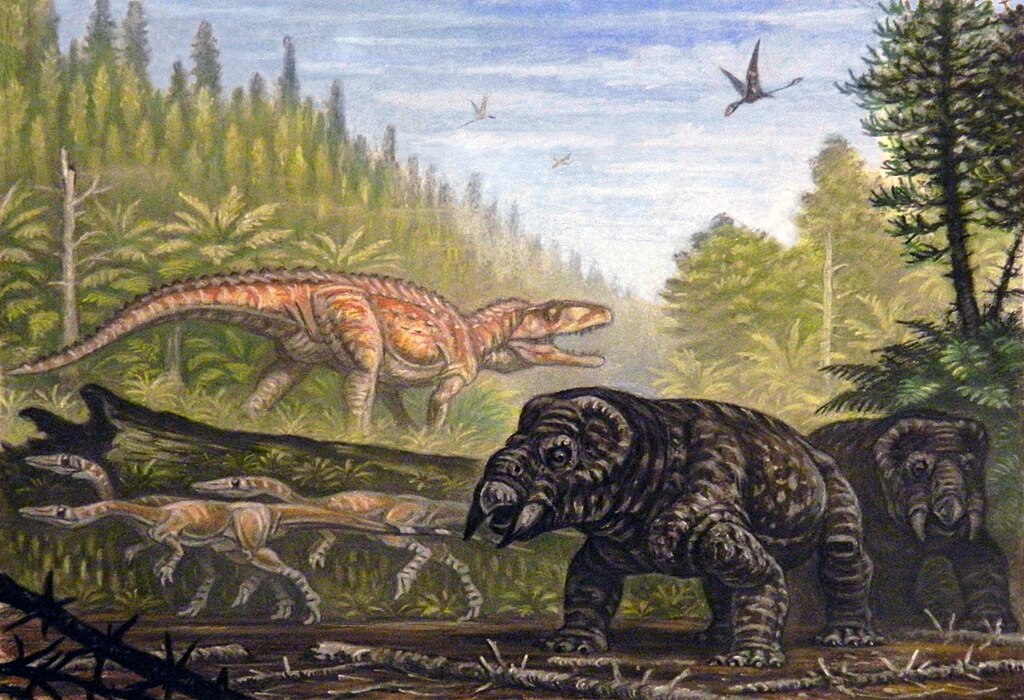Paris, renowned for its art, fashion, and cuisine, also holds remarkable treasures from Earth’s distant past. Beyond the Eiffel Tower and the Louvre, the City of Light offers fascinating glimpses into prehistoric times through its museums, fossils, and scientific heritage. This exploration of Paris’s paleontological wonders reveals how dinosaurs and other prehistoric creatures have found their place in this cultural capital, creating a unique intersection between natural history and urban sophistication.
The Grande Galerie de l’Évolution: Gateway to Prehistoric Paris
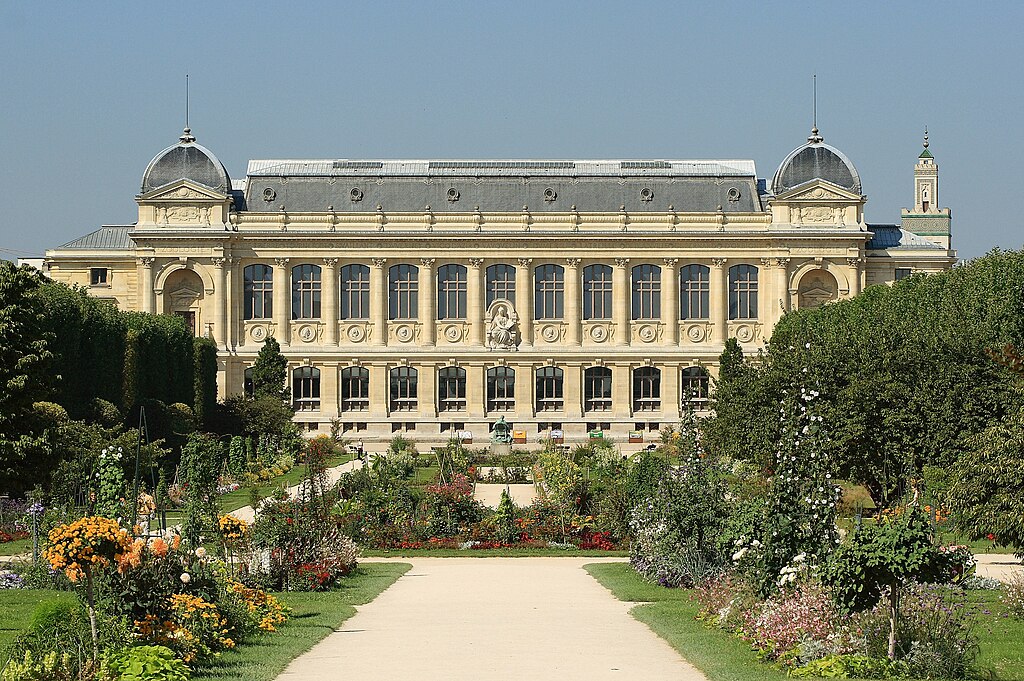
Within the Jardin des Plantes botanical garden stands one of Paris’s most impressive natural history showcases – the Grande Galerie de l’Évolution. This magnificent building houses an extensive collection that tells the story of biodiversity and evolution through time. Visitors entering the soaring central hall are greeted by an impressive parade of modern animals, but the gallery’s upper floors reveal treasures from much deeper time. The paleontological exhibits include fossils of various prehistoric creatures that once roamed what is now France, displayed in chronological sequence to demonstrate evolutionary development. The gallery’s innovative presentation style combines scientific accuracy with artistic display, making complex concepts of evolution and extinction accessible to visitors of all ages.
Galerie de Paléontologie et d’Anatomie Comparée: A Victorian Time Capsule

Perhaps the most atmospheric of Paris’s prehistoric attractions is the Galerie de Paléontologie et d’Anatomie Comparée, also located within the Jardin des Plantes complex. Opened in 1898, this remarkable institution remains largely unchanged since the Belle Époque, offering visitors a double journey – both into prehistoric times and into the golden age of natural history museums. The gallery’s two-story main hall presents a breathtaking spectacle of hundreds of complete skeletons, from tiny rodents to massive whales and dinosaurs, marching in formation. The building itself, with its wrought-iron balconies, ornate stonework, and abundant natural light streaming through tall windows, represents the scientific optimism of the late 19th century. This unique preservation of both specimens and presentation style makes it one of the most authentic Victorian-era natural history experiences available anywhere in the world.
The Paris Basin: A Prehistoric Seabed Beneath the City
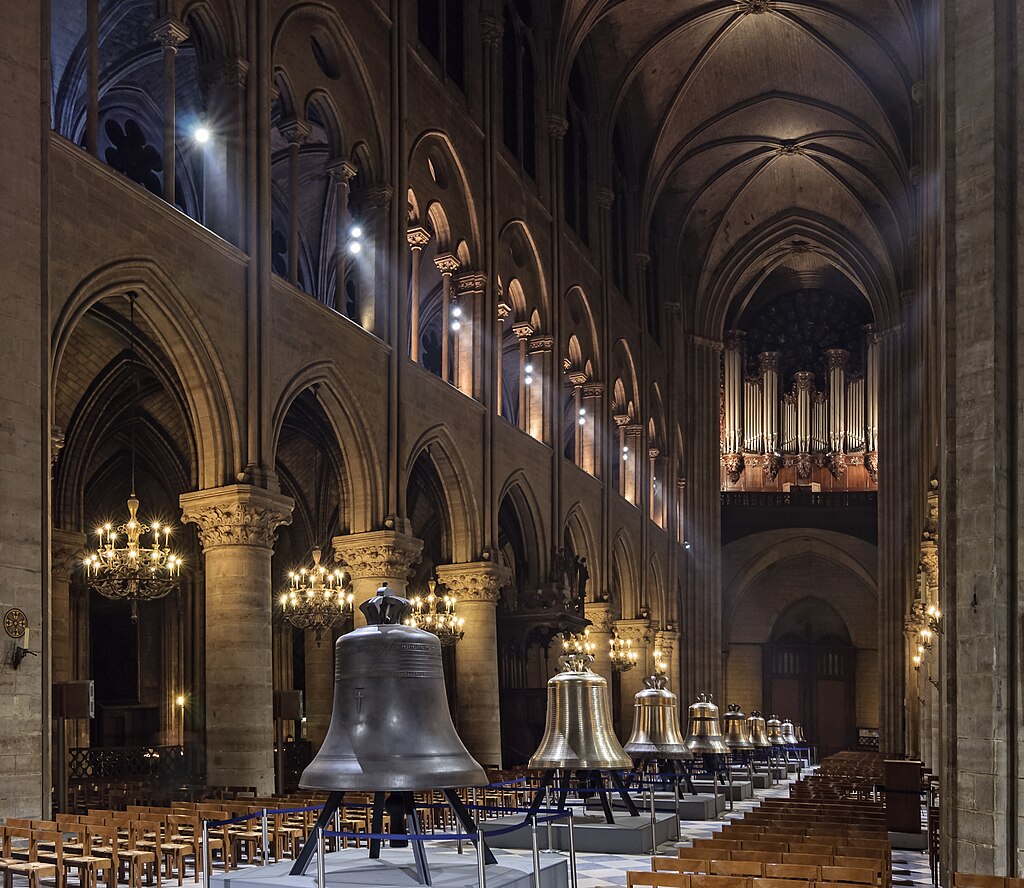
Long before the first human settlements appeared along the Seine, the area now occupied by Paris was submerged beneath a warm, shallow sea teeming with marine life. This geological feature, known as the Paris Basin, formed over millions of years as sediments accumulated in this depression, preserving countless marine organisms as fossils. These limestone deposits later provided the building stones for Paris’s historic structures, meaning that many of the city’s iconic buildings literally contain fossils within their walls. Careful observers can spot ammonites, sea urchins, and other marine creatures embedded in the stonework of Notre-Dame Cathedral, the Louvre, and numerous other historic buildings. This geological heritage creates a remarkable situation where prehistoric life forms have been incorporated into the very fabric of the city, hiding in plain sight among its architectural treasures.
Georges Cuvier: The Parisian Father of Paleontology
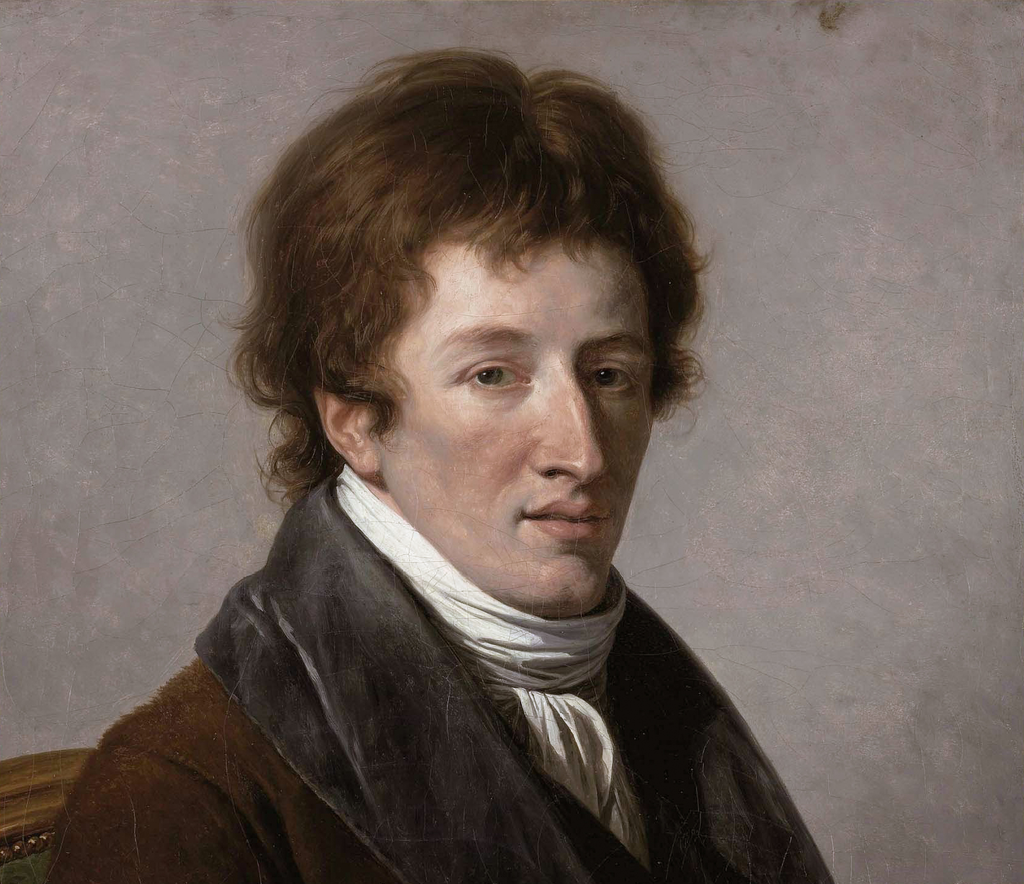
Paris claims a special place in the history of paleontology through the pioneering work of Georges Cuvier (1769-1832), who conducted his groundbreaking research at the Muséum National d’Histoire Naturelle. Cuvier developed the scientific field of comparative anatomy and was among the first to study extinct species systematically, establishing that extinction was a natural phenomenon. His meticulous studies of fossil bones found in the Paris Basin enabled him to reconstruct entire extinct animals from fragmentary remains, a skill that earned him the nickname “the Napoleon of intellect” from his contemporaries. Visitors to the Galerie d’Anatomie Comparée can see Cuvier’s original laboratory preserved as it was during his lifetime, complete with specimens he personally studied. His influential ideas about catastrophism and the succession of Earth’s fauna laid crucial groundwork for later evolutionary theories, making Paris an intellectual birthplace of modern paleontological thinking.
The Dinosaurs of Montmartre: Unexpected Urban Paleontology
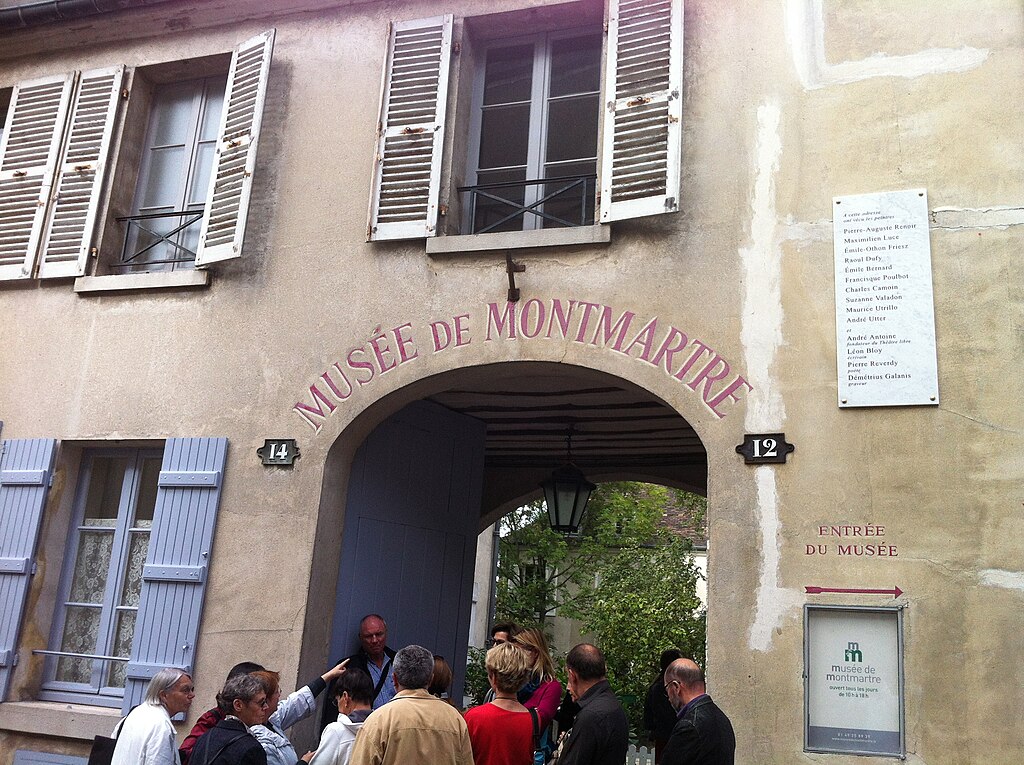
The bohemian district of Montmartre, known for its artistic heritage and the gleaming Sacré-Cœur Basilica, has also yielded significant paleontological discoveries. During the 19th century, when gypsum was quarried from Montmartre’s hills for construction materials, workers frequently uncovered fossilized bones of extinct mammals. These fossils, dating to the Eocene epoch (approximately 56-33.9 million years ago), included early ancestors of modern horses, odd-toed ungulates, and other mammals that evolved after the extinction of non-avian dinosaurs. While not dinosaurs themselves, these fossils were crucial in developing understanding of mammalian evolution. Cuvier studied many specimens from these quarries, using them to demonstrate the reality of extinction and the succession of different fauna through Earth’s history. Today, while the quarries are long closed, the Musée de Montmartre includes displays about this unexpected paleontological legacy beneath one of Paris’s most famous neighborhoods.
Dinosaurs at the Muséum National d’Histoire Naturelle

The crown jewels of Paris’s prehistoric collections are undoubtedly the dinosaur specimens housed at the Muséum National d’Histoire Naturelle. The museum’s paleontology gallery displays numerous impressive dinosaur skeletons, including a towering Diplodocus, the predatory Allosaurus, and various other representatives of the Mesozoic Era. Many of these specimens were acquired during the late 19th and early 20th centuries, when French paleontological expeditions ventured to fossil-rich regions around the world, particularly North America and North Africa. The museum’s presentation emphasizes not just the impressive size and diversity of dinosaurs, but also their evolutionary relationships and ecological roles. Interactive displays explain how scientists interpret fossil evidence to understand dinosaur biology, behavior, and extinction. The museum regularly updates its exhibits to incorporate new scientific discoveries, making it a dynamic resource for understanding current paleontological thinking.
The Crystal Palace Connection: Paris’s Influence on Dinosaur Depictions

An intriguing chapter in the history of dinosaur representation connects Paris to the world’s first dinosaur sculptures. When the Crystal Palace dinosaurs were created in London in the 1850s – the first life-sized dinosaur reconstructions ever made – their sculptor, Benjamin Waterhouse Hawkins, relied heavily on scientific guidance from Richard Owen, who had studied comparative anatomy in Paris under Cuvier’s successors. The French anatomical tradition directly influenced how these first dinosaur models were conceived and constructed. Several original sketches and models related to this project are preserved in Parisian collections, documenting this cross-Channel scientific collaboration. The Crystal Palace dinosaurs, though now recognized as inaccurate by modern standards, represented the first attempt to visualize extinct prehistoric animals for public education, a tradition that continues in Paris’s museums today with increasingly sophisticated techniques and updated scientific knowledge.
Paleontological Art in Paris: From Cuvier to Contemporary Paleoart

Paris has a distinguished tradition of paleontological illustration that continues to influence how we visualize prehistoric life. Beginning with the detailed anatomical drawings commissioned by Cuvier to document his fossil discoveries, Parisian artists have specialized in reconstructing extinct animals from skeletal remains. Throughout the 19th century, the museum’s artists created influential illustrations that shaped global understanding of prehistoric creatures. This tradition continues with contemporary paleoartists who work with the Muséum National d’Histoire Naturelle to create scientifically accurate reconstructions based on the latest research. The museum regularly hosts exhibitions of paleontological art, showcasing both historic illustrations from its archives and works by modern artists. These exhibitions demonstrate how scientific understanding of prehistoric life has evolved over time, and how artistic techniques for bringing these creatures visually to life have developed alongside advancing scientific knowledge.
Dinosaur Diplomacy: Paris’s Role in International Paleontology
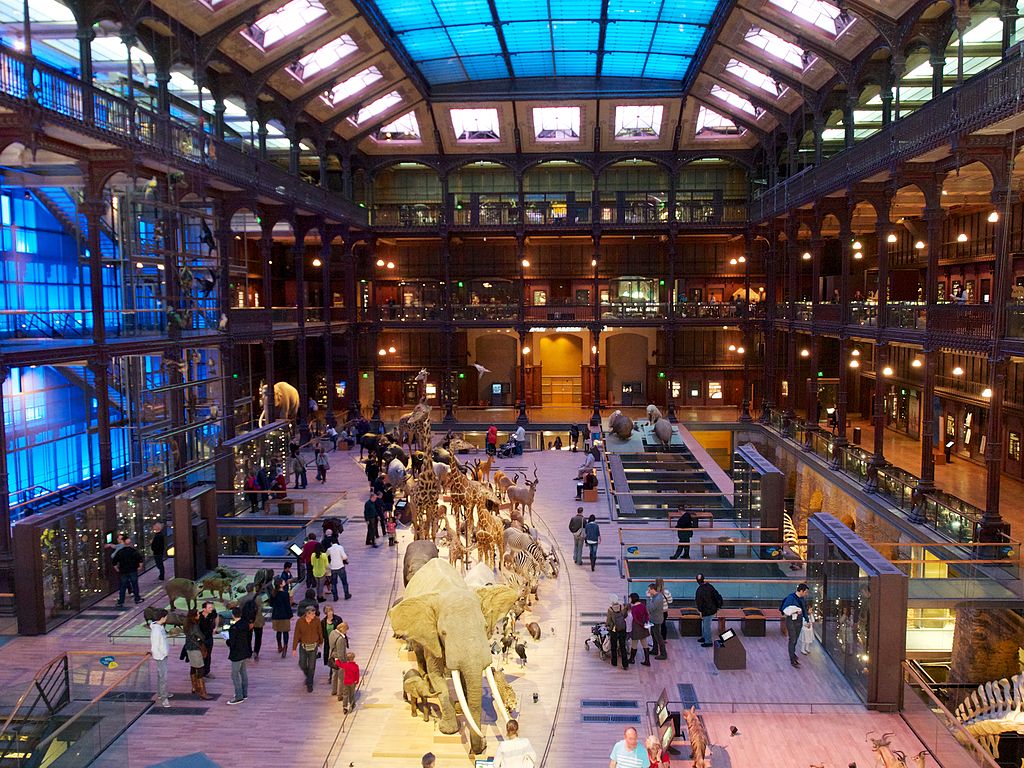
Paris has played a significant role in the international exchange of paleontological knowledge and specimens. The Muséum National d’Histoire Naturelle maintains active research relationships with institutions worldwide, participating in joint expeditions and specimen exchanges. One notable example was the museum’s involvement in the Franco-Chinese paleontological expeditions of the early 2000s, which yielded remarkable feathered dinosaur fossils that revolutionized understanding of the dinosaur-bird evolutionary transition. Paris frequently hosts international paleontological conferences where researchers from around the world present their latest findings. The museum’s curatorial staff includes specialists who travel globally to study specimens and collaborate with international colleagues. This scientific diplomacy extends the tradition established in the 19th century, when Paris was a required stop for any serious student of natural history, drawing researchers from across Europe and North America to study its collections and exchange ideas with French scientists.
Prehistoric Paris for Young Explorers: Educational Programs
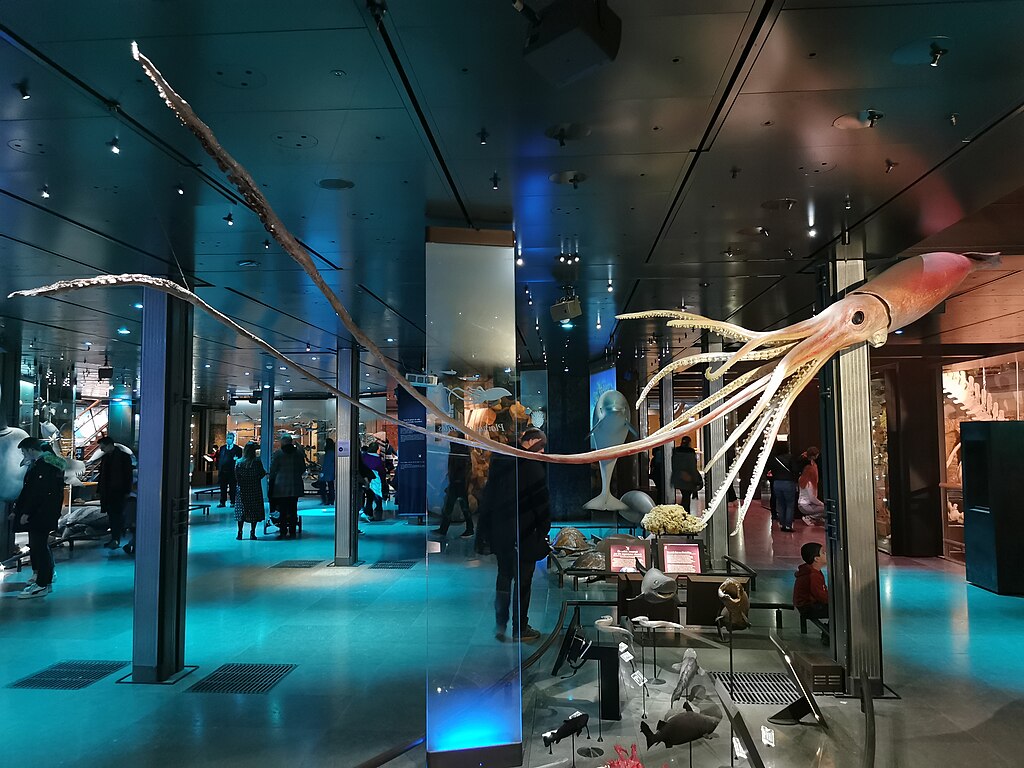
Paris’s natural history institutions offer exceptional educational opportunities for children fascinated by dinosaurs and prehistoric life. The Muséum National d’Histoire Naturelle runs regular workshops where young participants can learn about fossil identification, excavation techniques, and dinosaur biology through hands-on activities. During school holidays, special programs allow children to become “paleontologists for a day,” working with real fossils under expert guidance. The Paléospace in the nearby Normandy region, easily accessible on a day trip from Paris, offers simulated excavation sites where children can experience the thrill of discovering fossils. The Cité des Sciences et de l’Industrie, Paris’s science museum, regularly features interactive exhibitions about prehistoric life designed specifically for younger audiences. These educational initiatives make Paris an excellent destination for families with dinosaur-enthusiastic children, combining scientific learning with the excitement of discovering the prehistoric world.
Beyond Dinosaurs: Ice Age Paris
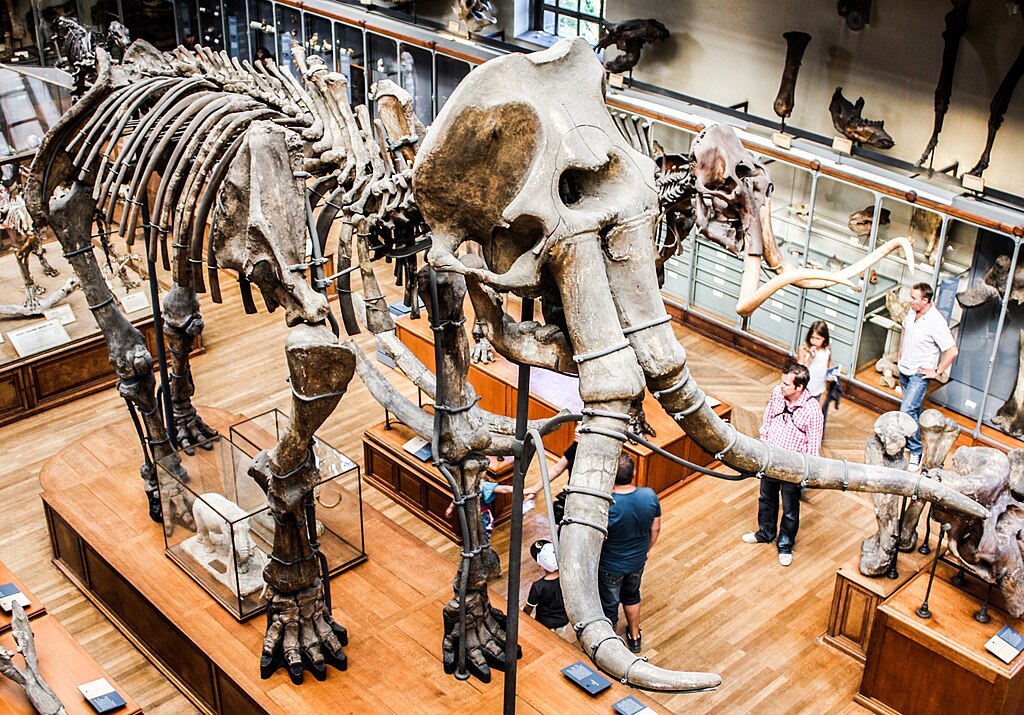
While dinosaurs capture much public imagination, Paris’s museums also extensively document the more recent Ice Age period when mammoths, woolly rhinoceroses, and early humans inhabited what would become France. The Musée de l’Homme (Museum of Mankind) presents fascinating exhibits on human evolution and prehistoric cultures, including Neanderthal and Cro-Magnon populations that lived in the Paris region during the Pleistocene epoch. Archaeological excavations within Paris itself have uncovered stone tools dating back approximately 200,000 years, demonstrating the long human presence in the area. The Seine Valley contains numerous important Paleolithic sites that have yielded both human artifacts and the remains of Ice Age mammals. These exhibits and sites provide a temporal bridge between the distant age of dinosaurs and recorded human history, telling the story of how our own species emerged and adapted to changing environments in what would eventually become one of the world’s great cities.
The Future of Prehistoric Paris: New Discoveries and Exhibitions
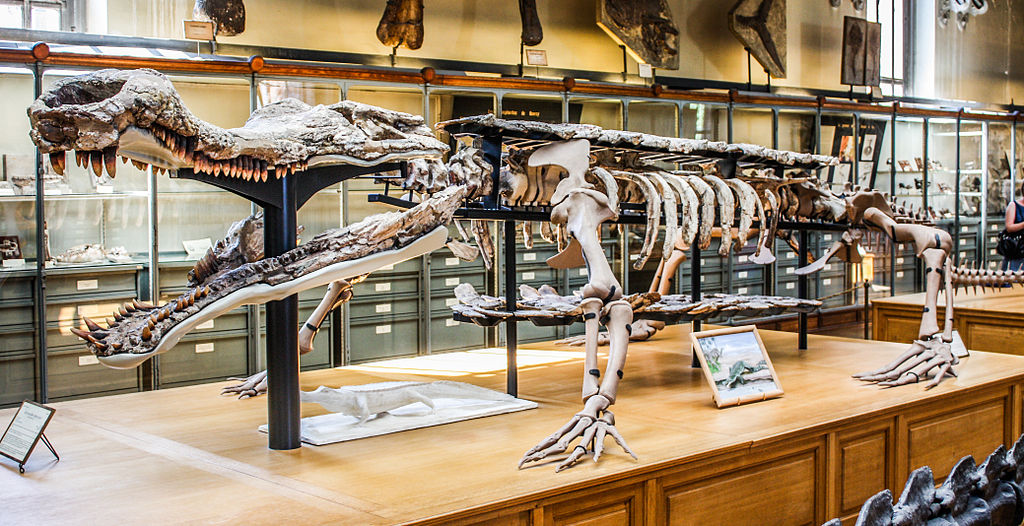
Paris continues to evolve as a center for paleontological research and education, with several exciting developments on the horizon. The Muséum National d’Histoire Naturelle is currently developing new exhibition spaces that will incorporate augmented reality technology to bring prehistoric creatures to life in unprecedented ways. Research teams affiliated with Parisian institutions are conducting fieldwork at promising fossil sites in France and abroad, with new discoveries regularly enhancing the museum’s collections. The digitization of historic specimens is making Paris’s paleontological treasures accessible to researchers and enthusiasts worldwide through detailed online databases. Educational outreach programs are expanding to reach broader audiences, including virtual tours and distance learning opportunities. As scientific understanding of prehistoric life continues to advance through new methodologies like ancient DNA analysis and advanced imaging techniques, Paris’s institutions remain at the forefront of interpreting and presenting these discoveries to both scientific communities and the general public.
Visiting Paris’s Prehistoric Attractions: Practical Information
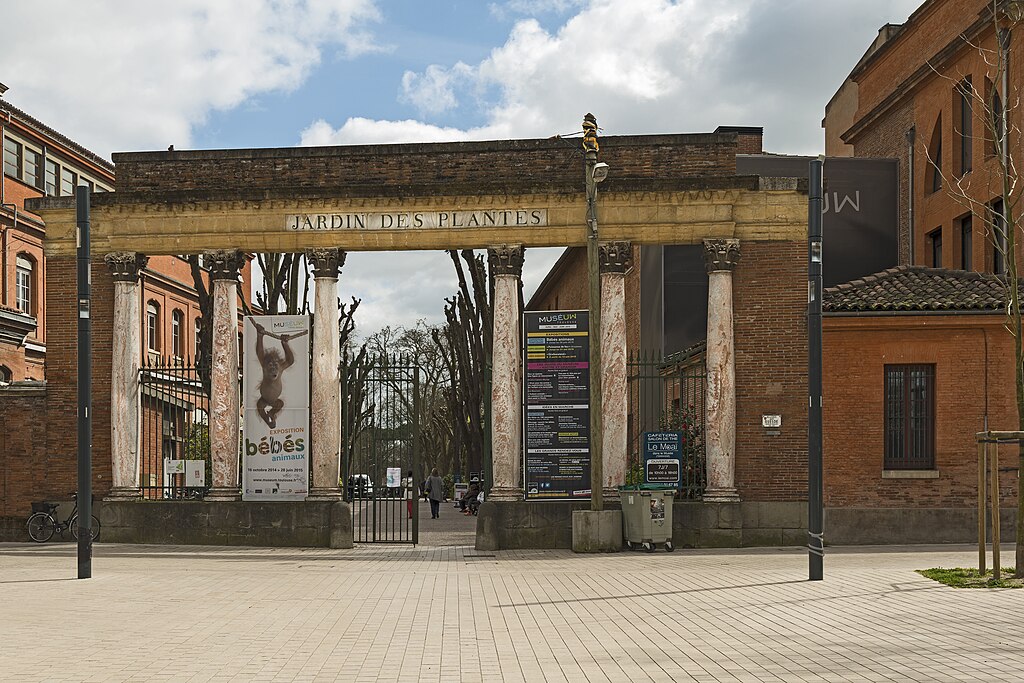
For visitors wanting to explore prehistoric Paris, several practical considerations can enhance the experience. The Galerie de Paléontologie et d’Anatomie Comparée and the Grande Galerie de l’Évolution are both located within the Jardin des Plantes in the 5th arrondissement, easily accessible via Metro (stations Austerlitz, Jussieu, or Place Monge). Combination tickets provide access to multiple attractions within the garden complex, offering good value for those interested in natural history. Weekday mornings typically see smaller crowds, providing more contemplative viewing conditions for the fossil exhibits. The museum complex offers guided tours in multiple languages, providing deeper insights into the collections than self-guided visits alone can offer. Photography is permitted without flash in most areas, allowing visitors to document their prehistoric explorations. The museum shops offer excellent books on paleontology, including some rare publications on the history of French fossil discoveries not easily found elsewhere, making them worth exploring for those with a serious interest in the subject.
Conclusion

Paris offers a remarkable journey through prehistoric time, from the dinosaurs of the Mesozoic Era to the Ice Age mammals that roamed the Seine Valley. The city’s natural history institutions, with their historic collections, cutting-edge research, and innovative educational programs, provide multiple pathways into understanding Earth’s distant past. Beyond the fossils themselves, Paris preserves the intellectual heritage of pioneering paleontologists like Cuvier, whose work forever changed how we understand prehistoric life. For visitors willing to look beyond the traditional tourist attractions, the City of Light reveals itself as a city of prehistoric wonders, where ancient creatures and modern urban sophistication coexist in fascinating ways.


